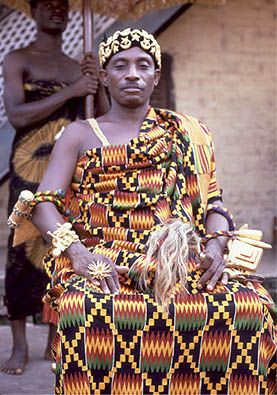

Unit 10

English 203:
Literature of the NonWestern World
 |

Unit 10 |

English 203: Literature of the NonWestern World |
| Introduction | .Explication | Questions | Review |
Introduction:
Reading:
The
Epic of Son-Jara, 1431-72
Nadine Gordimer, "Oral History," 2919-31
The Epic of Son-Jara:
Our text says that The Epic of Son-Jara is comparable to the Iliad (1431). I don't think so. The Iliad is about Achilles whose power seemed unlimited. His mother was a goddess. Dipped in the river Styx as an infant, Achilles was nearly invulnerable. He finds, however, that his power is not unlimited & that using to get his own way causes grief. Achilles is a consummate narcissist. He cares about no one but himself. He is power & vanity personified. He never changes, never grows up. He never empathizes with any of the many victims of his rage. Homer can only kill him in order to prepare for a new world & a new heroic type, Odysseus, whose salvation lies in the fact that he respects people who do not compel respect because of their power. Odysseus listens to girls. Son-Jara begins at this point. A cripple in early life, he is a mamma's boy. He is a yin hero who comes to power only after his yang oriented brother is destroyed. Son-Jara knows all about suffering, compassion, & empathy before getting power. Consequently, the similarity of the Mali text is not with Greece, but with Mother India. The similarity is not only based on the preference for a yin or feminine hero. There is also a similarity of style between Sakuntala & The Epic of Son-Jara. The Mali epic does not have all the sumptuous staging of Kalidasa's play, but the convention of audience response involves everyone in a formal ritual. The struggle of Son-Jara to become a great chief is not fraught with the kind of engrossing emotions that distinguish the Iliad. The story is clearly ceremonial; something like a Catholic Mass ceremonially commemorating the events that offer Christians salvation.
At several places in the narrative you should notice Muslim influence, even though Son-Jara's world remains rooted in indigenous African primal religion with sorcerers, ju-ju, & above all, maternal & female values that have little place in the stark legalism of Muslim public culture. The Mali cultural selection of elements from Islam, such as the references to Bilal, the first black African Muslim, suggest how Sufism developed in the non-Arab parts of the world where Islam was a cultural influence.
Nadine Gordimer: Oral History:
Most professors & critics & even those who read for entertainment, sneer at didactic art as little better than illustrative drawing or advertisement. Nadine Gordimer is a white South African & Nobel Laureate whose work (like this story) often didactically illustrates the effects of apartheid. Notice that she uses an omniscient narrator who seems to offer just the facts without emotional response or moral judgment. She does this to camouflage the clear moral outrage over colonialism. Otherwise the story simply becomes a sermon.
Here is a recent interview with Gordimer: ![]()
Click on the next section:
| Explication |